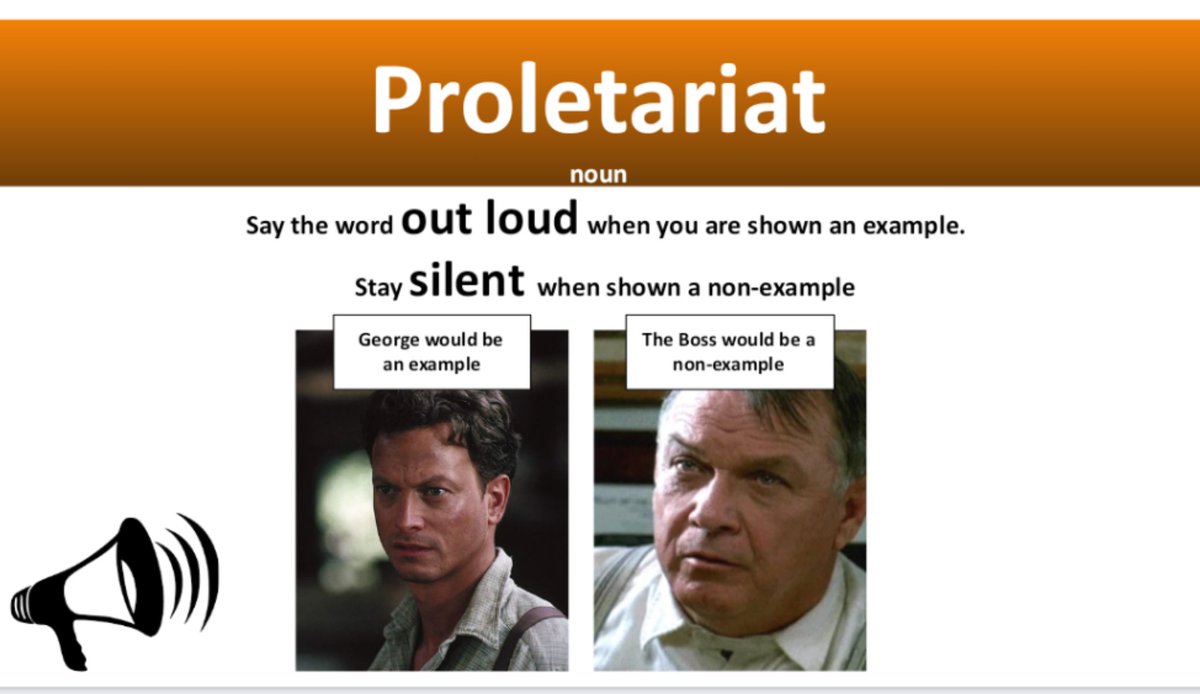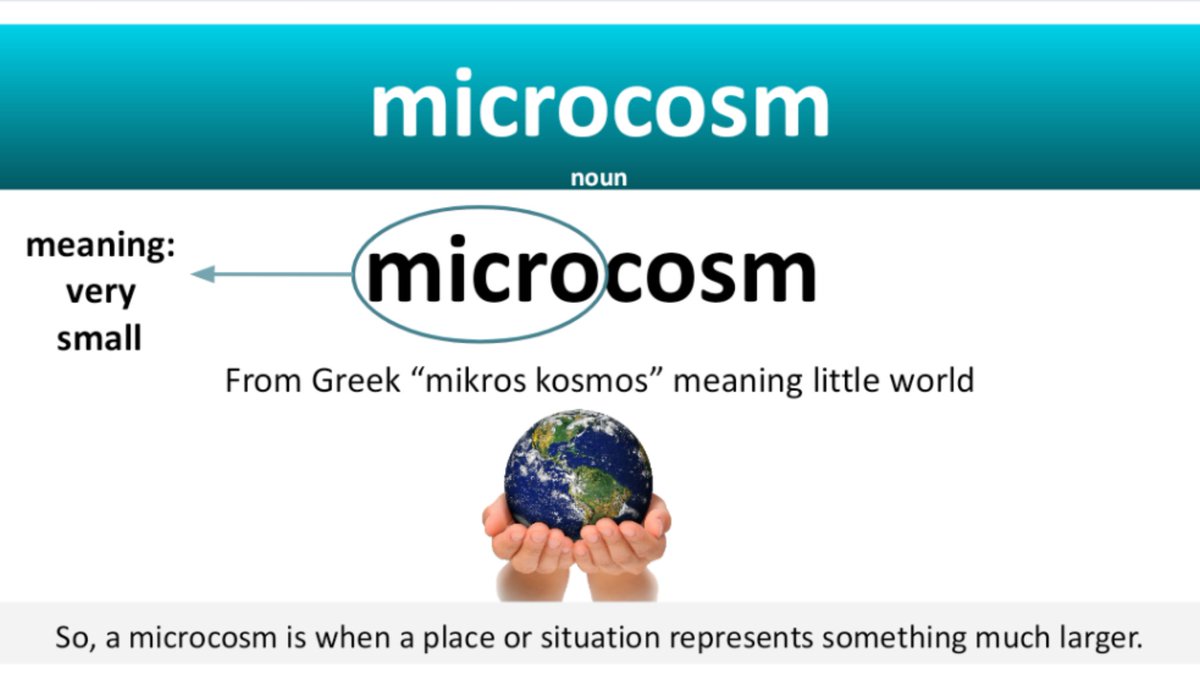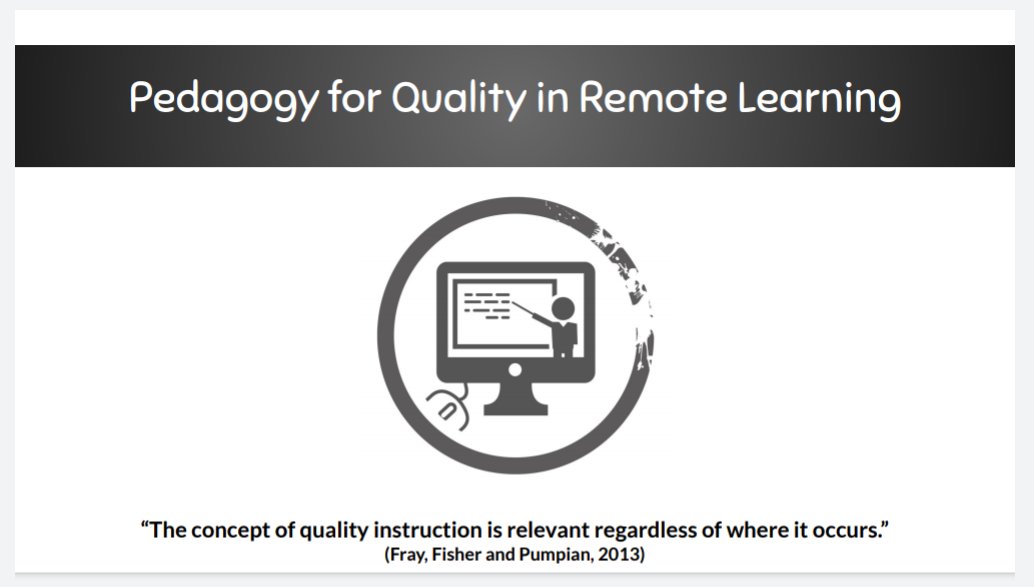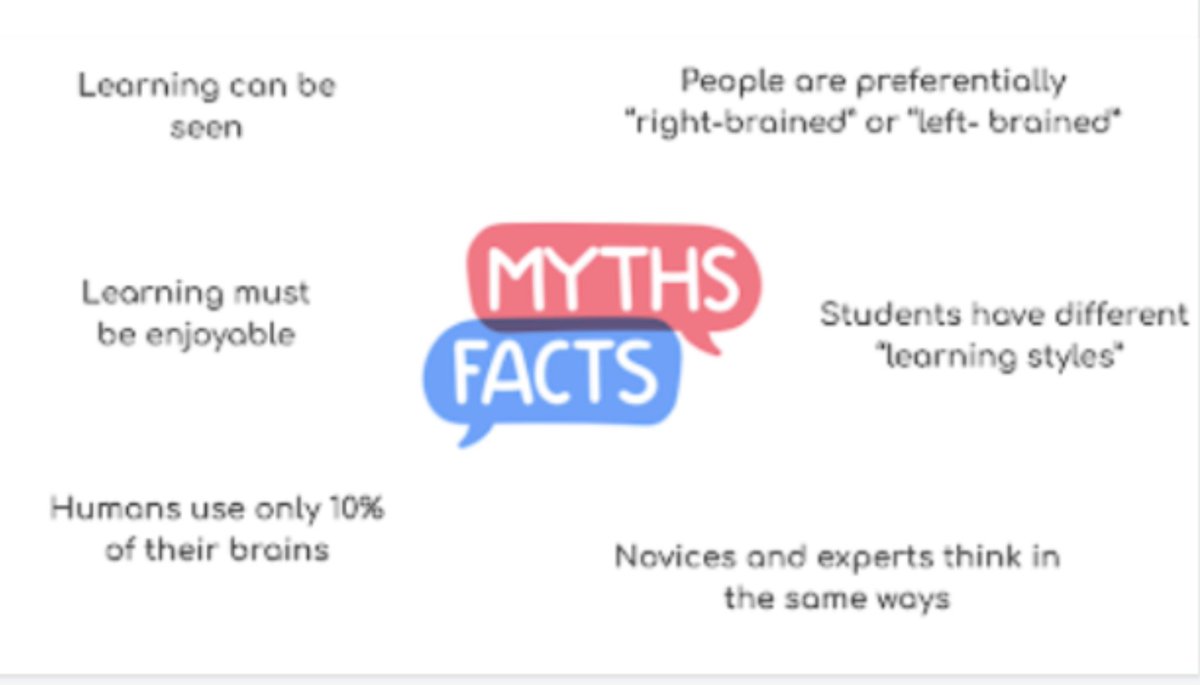
**THREAD**
What does explicit vocabulary instruction look like in the English classroom?
Here are some examples taken from when I teach 'Of Mice and Men'.
1/
What does explicit vocabulary instruction look like in the English classroom?
Here are some examples taken from when I teach 'Of Mice and Men'.
1/

Word selection always comes first. The words I have selected will not be encountered when pupils read the text, so word selection (Tier 2 and Tier 3) is about ensuring pupils have the tools - the words - to engage meaningfully and maturely with complex themes as they arise.
2/
2/

Pupils explore the etymology of words.
Quigley (2014) asserts that the benefits of discussing etymology can be "significant in terms of knowledge development". This 'origins and insights' approach that I use works well; it promotes a rich and deep evaluation of meaning.
3/
Quigley (2014) asserts that the benefits of discussing etymology can be "significant in terms of knowledge development". This 'origins and insights' approach that I use works well; it promotes a rich and deep evaluation of meaning.
3/

Exploring etymology can "add a layer of understanding that helps out novice pupils hook into a tricky academic term that may have remained abstract and inscrutable to them" (Quigley, 2020).
4/
4/

Pupils are familiar with Frayer models.
Quigley (2018) advocates this "simple but effective model" which can "help students to organise their understanding of a new academic term". The Frayer Model prompts students to clarify and immediately apply new word knowledge.
5/
Quigley (2018) advocates this "simple but effective model" which can "help students to organise their understanding of a new academic term". The Frayer Model prompts students to clarify and immediately apply new word knowledge.
5/

Pupils are accustomed to saying new words out loud and in unison.
Choral response immediately after completing a Frayer model is an effective way to reinforce pupils' understanding of examples and non examples whilst ensuring they feel confident with pronunciation.
6/
Choral response immediately after completing a Frayer model is an effective way to reinforce pupils' understanding of examples and non examples whilst ensuring they feel confident with pronunciation.
6/

Pupils tap into morphology.
Prompting morphological awareness is beneficial. Morphology can help with crafting and displaying student friendly definitions but, more importantly, it can empower pupils & help with the transference of word knowledge across the curriculum.
7/
Prompting morphological awareness is beneficial. Morphology can help with crafting and displaying student friendly definitions but, more importantly, it can empower pupils & help with the transference of word knowledge across the curriculum.
7/

Pupils engage in lots of active practice.
It's important that pupils spend time applying their knowledge of target words during the lesson but "multiple, frequent and varied encounters with target words are needed" (Beck et al., 2008).
8/
It's important that pupils spend time applying their knowledge of target words during the lesson but "multiple, frequent and varied encounters with target words are needed" (Beck et al., 2008).
8/

Pupils revisit newly learnt words.
Multiple exposure is integral to transferring vocabulary knowledge to long term memory. We revisit newly learnt words in a multitude of ways. I use this word map activity to return to words to ensure a spaced retrieval approach.
9/
Multiple exposure is integral to transferring vocabulary knowledge to long term memory. We revisit newly learnt words in a multitude of ways. I use this word map activity to return to words to ensure a spaced retrieval approach.
9/

Pupils regularly retrieve vocabulary knowledge.
I use low stakes vocabulary focused quizzes at the starts of lessons. Again, as well as reinforcing knowledge, this helps to ensure retention.
10/
I use low stakes vocabulary focused quizzes at the starts of lessons. Again, as well as reinforcing knowledge, this helps to ensure retention.
10/

Pupils explore meanings through discussing related images.
Visuals can be an effective way to utilise prior knowledge which, as we know, is one of the most influential factors in learning. Images must be selected carefully and intentionally to avoid misconceptions, though.
11/
Visuals can be an effective way to utilise prior knowledge which, as we know, is one of the most influential factors in learning. Images must be selected carefully and intentionally to avoid misconceptions, though.
11/

Pupils master variations of the target word.
To ensure deep processing, it's important to encourage knowledge of word families.
12/
To ensure deep processing, it's important to encourage knowledge of word families.
12/

Pupils are encouraged to begin verbally using the target word immediately.
Sentence stems serve as a useful scaffold but they must be removed promptly. Habit formation is key. Pupils need to be prompted to utilise target words during future whole class discussions.
13/
Sentence stems serve as a useful scaffold but they must be removed promptly. Habit formation is key. Pupils need to be prompted to utilise target words during future whole class discussions.
13/

All strategies / ideas are inspired by these two books. They are **must reads** if you're looking to integrate explicit vocabulary instruction into your practice.
14/
14/

I particularly advocate using @HuntingEnglish's SEEC model, which is a great tool when considering instructional design. There are tons of resources available on his website.
15/
15/

If you're teaching 'Of Mice and Men' and would like to try out any of these strategies, help yourself: dropbox.com/s/5vdgoihv1nh9…
@EnglishWales @Team_English1
#explicitvocabularyinstruction
#ofmiceandmen
#englishteacher
#teachertwitter
@EnglishWales @Team_English1
#explicitvocabularyinstruction
#ofmiceandmen
#englishteacher
#teachertwitter
• • •
Missing some Tweet in this thread? You can try to
force a refresh








